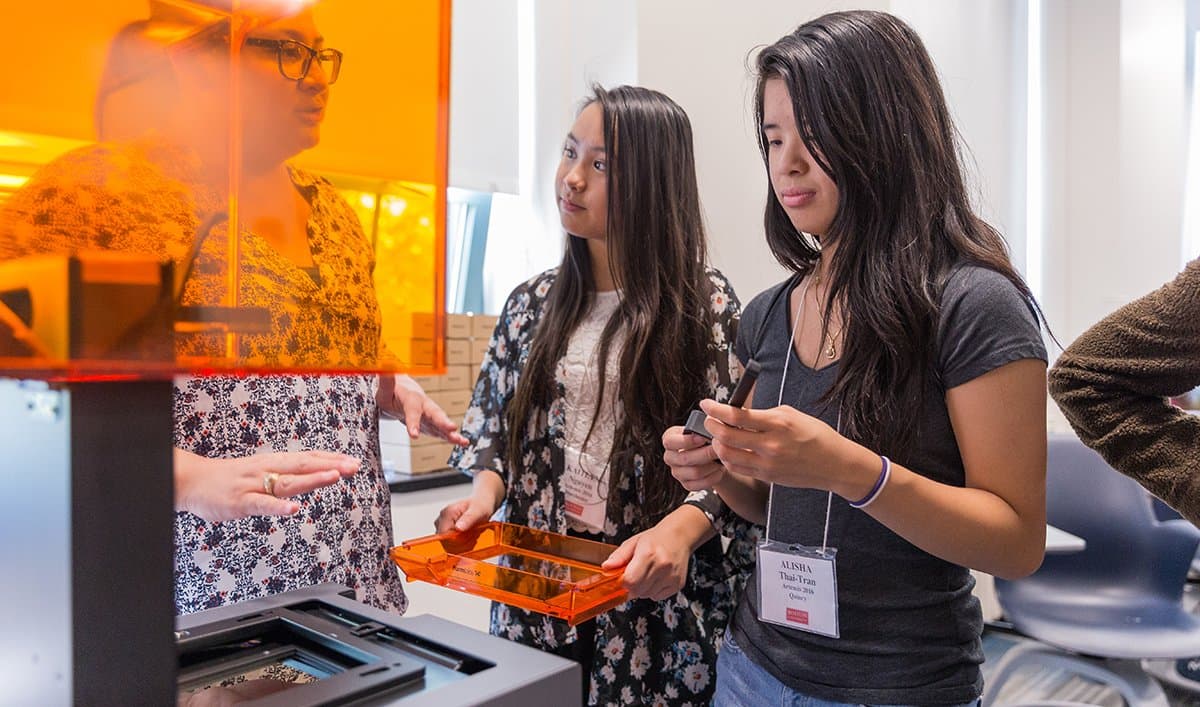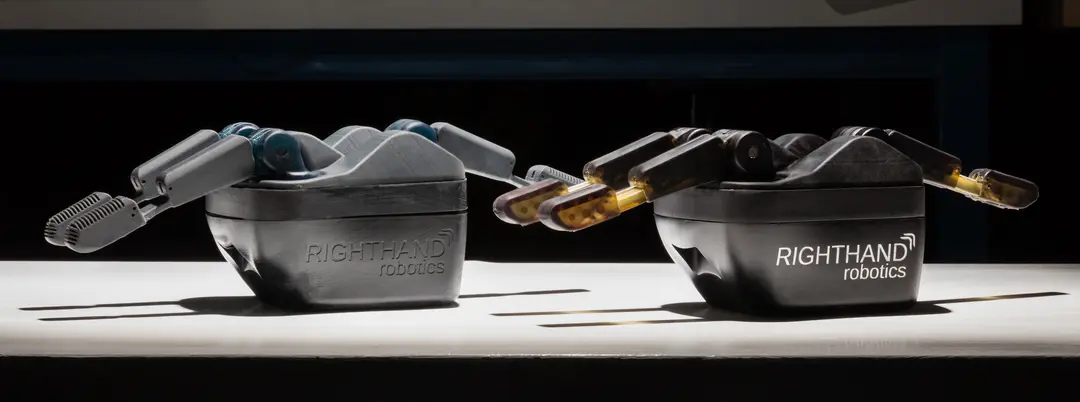
Only 14 percent of U.S. engineers are women, according to the 2012 report by the Congressional Joint Economic Committee.
To level the playing field and expand participation in the science, technology, engineering, and mathematics (STEM) workforce, institutions and programs across the country are focusing on empowering girls through STEM education.
One such program is Boston University’s Artemis Project, a five-week computer science summer camp for ninth grade girls. The project began at Brown University in 1996 in order to boost self-confidence and visibility for women in the computer science community.
When the Artemis Project asked Formlabs to present a career talk, nearly all the women in the company expressed an interest in involvement. We proposed that Formlabs go beyond a talk, and facilitate a two-day workshop on 3D printing with several of our staff.
Our women engineers and scientists were inspired by their experience working with girls attending the Artemis Project program, and reminded of their own paths to working in STEM.
Early Encouragement
Many of Formlabs’ women engineers and scientists say they chose a career in STEM thanks to the encouragement of teachers and mentors during their middle and high school years.
“I was inspired to pursue engineering by mentors in my high school's research program and through working at Stony Brook University on Long Island in a materials engineering laboratory,” Rachel Davis, Formlabs material scientist, said.
“Both were female mentors, which made it more inspiring–to see such incredible women accomplishing such great things. Dr. Miriam Rafailovich at Stony Brook is so amazing, I think of her all the time when I'm working and still use a lot of the skills I learned in her labs.”

Formlabs engineer Caitlin Reyda was reminded of her high school self by the students who participated in the Artemis Project. She loved crafting and drawing. Summer science camps introduced Caitlin to the possibilities of engineering.
Now a mechanical engineer who works in research and design, Caitlin realized that crafting and drawing is not too different from prototyping and CAD design. When she mentioned this to the girls at Artemis, we could see what teachers like to call the “lightbulb moment” on their faces.
Broadening Options
That wasn’t the only lightbulb moment. Jenni Milne, Formlabs product manager, talked about her journey navigating an interdisciplinary approach to studying STEM.
“I like sharing my career path because being interdisciplinary can often feel a little confusing in college, but I think it can give you a really unique skillset,” Jenni said.
“I like to encourage students that having diverse interests is a strength, and especially encourage engineers to also pursue design or other creative work, which they may never have considered as an option.”
Paying it Forward
The five Formlabs women who led the workshop at Artemis found the students to be extremely engaged and curious, even asking questions on technical topics like materials science intern Jennifer Chavez’s polymer presentation.
“I could see myself in them,” Chavez said. “It was really inspiring to be able to give back and encourage young women to explore and develop their interest in STEM.”



